Every project decision you make should take your stakeholders into account. Your team will make better decisions if they’re based on a consensus about which stakeholders are your highest priorities, and why.
This is a team sport. Give yourselves 60 minutes.
- Using the Ideation card, generate a list of stakeholders. When you think about your project, ask the question, “Who cares?” Those are your stakeholders, whether they’re inside your organization, on your client list, in the local community or beyond. You don’t need names. Jot down their roles or titles, perhaps with the organizations they represent.
- Now, map your stakeholders onto a Power/Interest matrix. To draw the matrix, divide the page into four equal quadrants with a horizontal axis, Interest, and a vertical axis, Power. Label the ends of each axis High and Low.
- Assign each of your stakeholders to one quadrant of the matrix, according to how much power they have to change the outcome and how much interest they have in the success of the outcome. As a general rule, someone with high power can say “yes” or “no” to some aspect of the project, someone with high interest cares a lot about and will be affected by the outcome.
High-Power High-Interest stakeholders are important to engage across the project. You should establish strong lines of communication with High-Power Low-Interest Stakeholders, and ensure that the opinions of Low-Power High-Interest stakeholders are considered in decision-making about the project.








